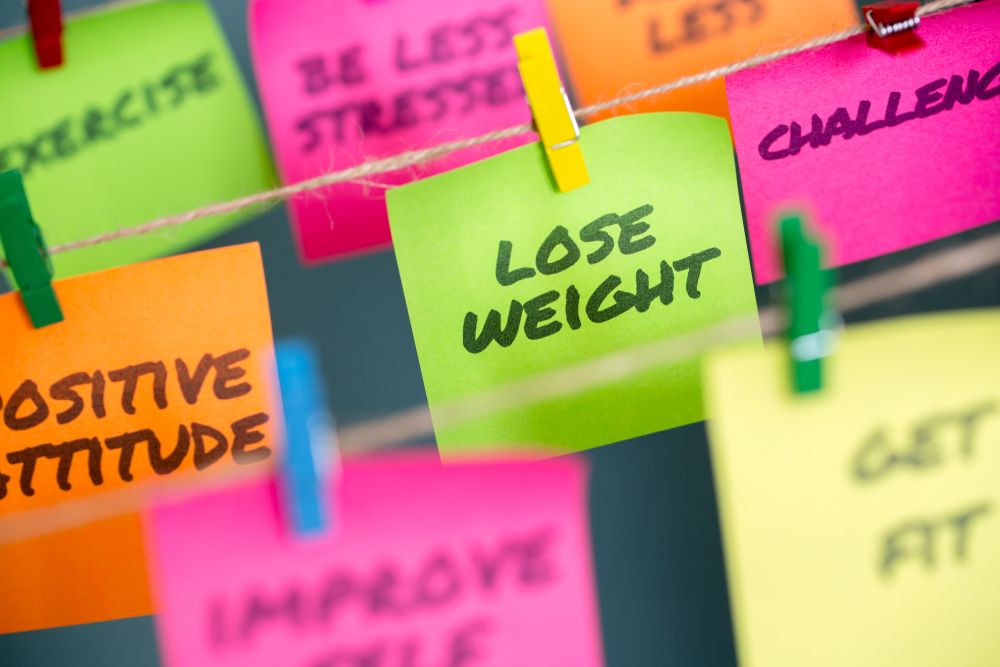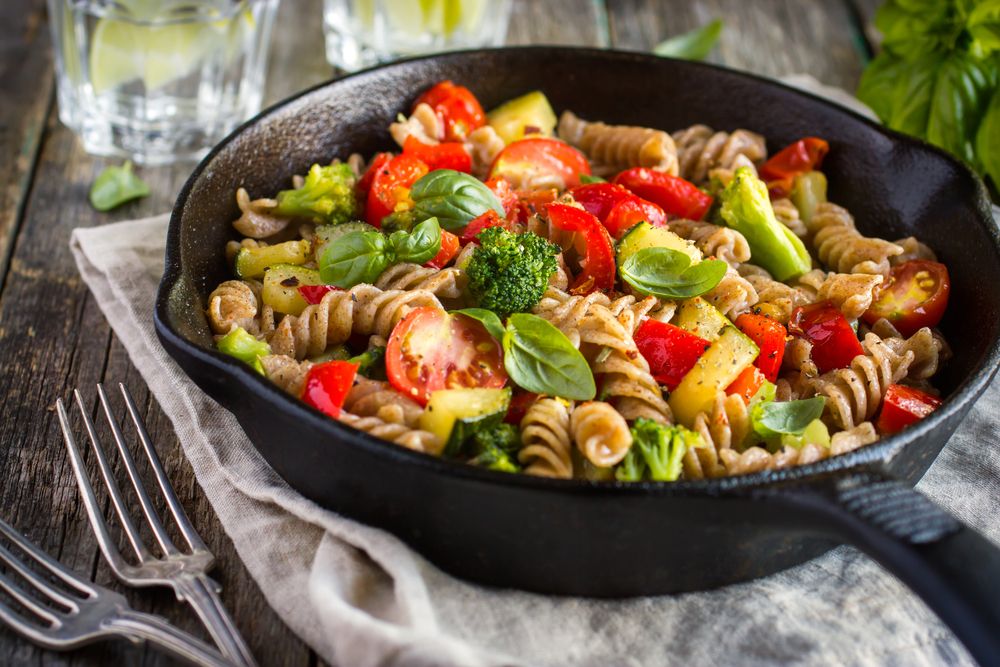Anyone who's attempted weight loss knows it's no easy feat. When a method appears promising, it's worth paying attention. Today, we're delving into the 800 Gram Challenge, potentially the most straightforward approach to shedding pounds. So, grab your pen and paper, and let's dive in. We've consulted with The Nutrition Twins®, Tammy Lakatos Shames, RD, CDN, CFT, and Lyssie Lakatos, RD, CDN, CFT, esteemed members of our Medical Expert Board, to provide insight into this trend.
What is the 800 Gram Challenge?

The fundamental concept of the 800 Gram Challenge revolves around consuming 800 grams of vegetables and fruits daily. This equates to roughly six cups of fruits and vegetables per day, which can be comprised of any combination of your preferred choices. The beauty of this challenge lies in the absence of restrictions on other foods—you're free to eat whatever else you desire.
The Nutrition Twins explain that the creator of the 800 Gram Challenge suggests incorporating two cups of fruits or vegetables into each meal, then complementing them with protein, nuts, and grains, they tell us. "This challenge is structured around consuming 800 grams of fruits and vegetables because research indicates that this quantity is associated with reduced risks of cancer, stroke, heart disease, and mortality. Additionally, it aligns with the USDA guidelines for fruit and vegetable intake."
The sole stipulation of the 800 Gram Challenge is to consume actual fruits and vegetables, not foods prepared with them. For example, avocados, beans, and unsweetened applesauce are suitable choices, while juice and sweetened applesauce should be avoided. Additionally, frozen, canned, and fresh fruits and vegetables are all permitted, but dried fruits and vegetables, like dried edamame, should be skipped.
"It's important to note that leafy greens are lightweight, so when measuring your food, leafy greens won't contribute much to the overall weight," The Nutrition Twins explain.
To provide clarity, The Nutrition Twins offer an example of fruits and vegetables that total approximately 800 grams:
- 1 cup of strawberries = 200 grams
- 1 banana = 199 grams
- 1 cup raw broccoli = 90 grams
- 1 cup of black beans = 172 grams
- 1 cup carrots = 150 grams
How easy is this practice to implement into a weight-loss routine?

If your aim is weight loss, this plan offers a straightforward approach to incorporating healthy, whole foods into your daily diet.
"This plan doesn't impose restrictions on a list of foods like many weight loss programs do, which can make adherence and implementation more challenging," The Nutrition Twins explain. "One of the key benefits of this plan is that you don't have to constantly focus on avoiding certain foods or worry about staying away from them, as no food is prohibited. You can still dine out and socialize; you just need to ensure you're consuming your recommended amount of produce, whether it's fresh, frozen, or canned."
Achieving your 800-gram goal by ordering vegetables or salads when dining out is remarkably simple. The Nutrition Twins advises, "Although it may require a bit of initial planning to ensure you have enough frozen, fresh, or canned produce on hand, creating a shopping list at the start of the week can streamline the process. Moreover, after a few weeks, it becomes second nature."
The Nutrition Twins frequently encourage their clients to load up on fruits and vegetables, aiming for the same benefits offered by the 800 Gram Challenge. These wholesome foods are packed with antioxidants, fiber, and anti-inflammatory compounds, making them formidable allies against conditions like diabetes and heart disease. Moreover, they aid in combating inflammation, which can hinder weight loss efforts.
"Additionally, they are nutrient-dense and low in calories," The Nutrition Twins emphasize. "We often advise our clients to stock up on frozen fruits and vegetables to ensure they always have them available, eliminating concerns about produce spoiling before it's consumed. It's common for individuals to intend to consume a fruit or vegetable, only to find it has spoiled, leaving them struggling to meet their produce intake goals."
Another useful tip? While initially weighing your food, gradually transition to estimating portion sizes. Moreover, you can effortlessly incorporate vegetables into all meals, including pasta, soups, sandwiches, eggs, and even pizza.

